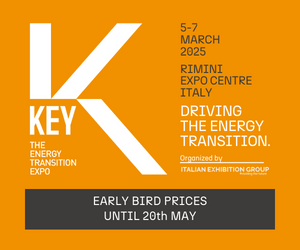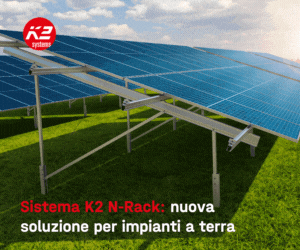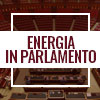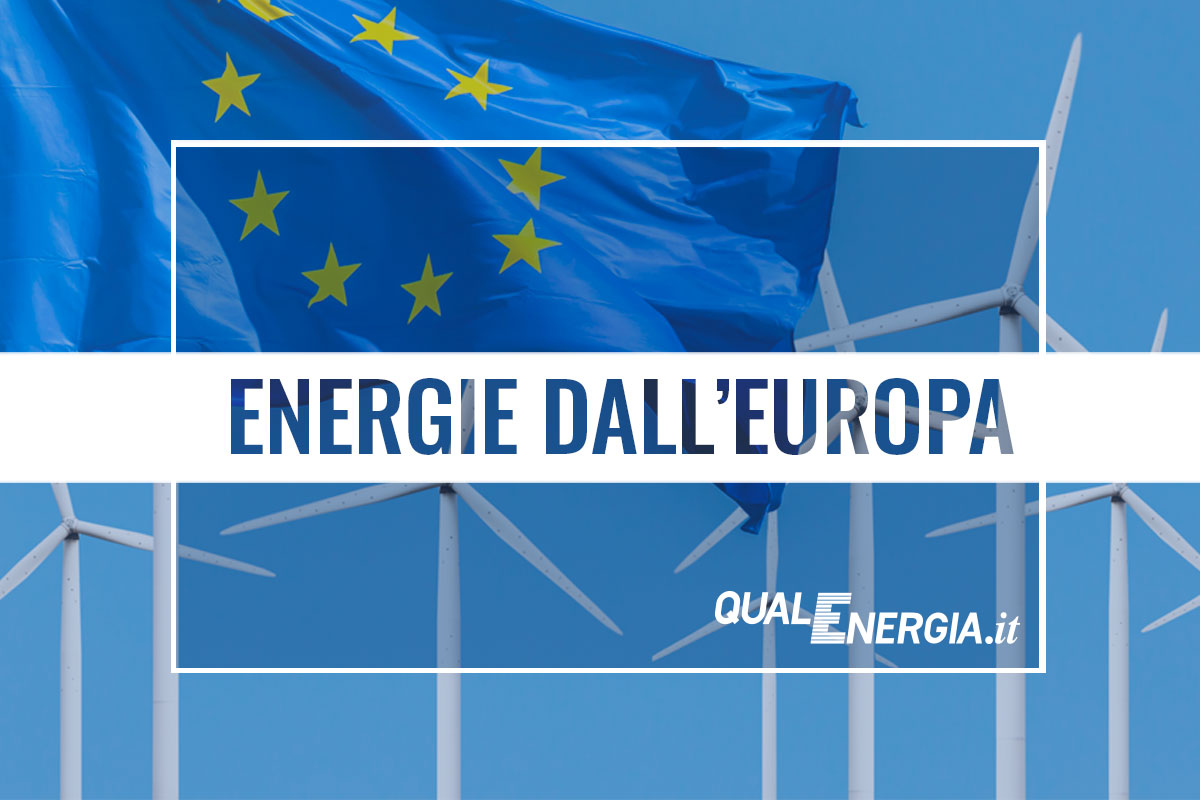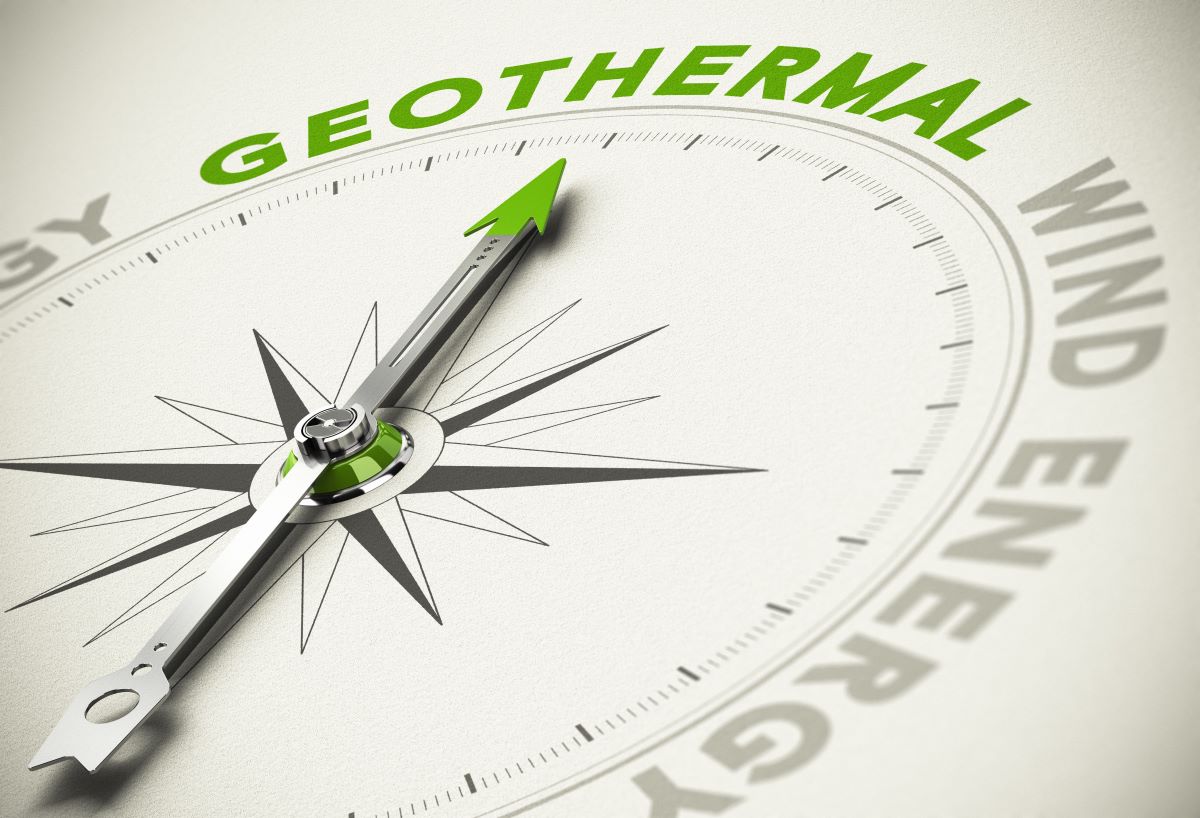The 55% tax credit on projects designed to increase the energy efficiency of existing buildings is not only energy and emission-saving, but also economically advantageous: in 4 years, the return on this measure for the Italian economic system was approximately 4 billion Euros higher than the amount spent, or rather not collected, by the State. This is what emerges from a survey carried out by Cresme, a research centre on the construction market, for Enea (Italian National Agency for New Technologies, Energy and Sustainable Economic Development).
Giampaolo Valentini, energy efficiency manager at Enea, explained to Qualenergia.it that there are only a few possibilities for the incentive plan to be extended beyond December 31, 2010: “the Ministry for Economic Development stands up for extending the measure, as publicly confirmed by the Undersecretary Stefano Saglia, but the Ministry for the Economy calls for suspending the incentive, considered as too onerous.” However, the figures issued by Cresme could still lead Mr. Tremonti and his colleagues to reason out the issue.
The economic costs and benefits related to the 55% tax benefit are being weighed against each other. As a result, it has been said that even the most easily quantifiable advantages for the country are several billion Euros higher than the uncollected tax revenue. Furthermore, if the measure was suspended on December 31, public finances would not immediately gain profits, rather they would incur losses: the State would still pay, the deduction being spread over 5 years, but would no longer earn some measure-related revenues such as, for instance, income taxes from those who were working thanks to the incentive and the VAT resulting from the work performed.
But let’s see a few figures from the Cresme survey: the charge borne by the State for the 2007-2010 period is estimated to be 6,446 million euro (55% of the turnover involved is 11,720 million euro. On the other hand, the additional public revenue, that is the tax collected in connection with subsidised projects, stands at 3,310 million euro. We should then add a benefit of 3,800 million euro for the national economic system due to the increase in the value of real estate following subsidised works. Third point, a saving of approximately 3,200 million euro on the energy bill: “this last figure is greatly underestimated, as it is calculated over 8 years only, while the effects of these works last much longer, not counting that the price of fossil fuels is bound to grow”, says Valentini.
“Besides these advantages – he went on – we should mention several others, which were excluded by the Cresme survey as they are more difficult to be quantified: support to employment, emergence of underground economy, push towards innovation“. Enea is working on another study which will deal with these factors, but Valentini revealed some information in advance: “employment has grown or has been maintained in various sectors thanks to the incentive plan. Many new companies have been created, even by young entrepreneurs, thanks to this measure. Also, new markets have been developed, such as that of condensing boilers”.
Another important item that is still missing from the balance is represented by the reduction in emissions that subsidised restoration works would allow, which may turn into a saving on the massive fines Italy should expect if (as is happening) it does not achieve the emission targets provided under the Kyoto protocol and the European 2020 targets on greenhouse gas, energy efficiency and renewables.
In fact, the potential for saving energy in Italian buildings is enormous: according to Enea figures, Italian houses are among the most energy-consuming residential buildings in Europe. No European country records emissions from the residential sector that are in absolute value higher than the Italian (86 billion tons of CO2 every year according to Eurimi figures, reported by Enea). As regards per capita household consumption, Italians produce about twice the greenhouse gas of countries whose climate is far harsher, like Norway. It takes little to make a big difference. “The average consumption of Italian buildings is 150-200 kWh/sqm per year, while efficient modern houses stand at around 20 kWh/sqm; consumption could be reduced by 50% with little difficulty”, explain Enea experts. The 55% deduction is certainly one of the most effective instruments to make it happen: in 2008, for example, subsidised restoration works made it possible to save 1,961 gigawatt hour.
And what would the effects of a non-extension be, according to Enea “A slow-down in potential technology innovation and energy efficiency of buildings, the interruption of the positive growth towards energy saving and the process of reduction in CO2 emissions, giving up a more efficient reorganisation of the incentive plan and – as reported in the Cresme survey – a burden in the State treasury beginning from 2011”. We hope that the Ministry of Finance hears these words as, when interviewed by Qualenergia.it, he did not tell whether he is aware of these figures or not.



.jpg)

